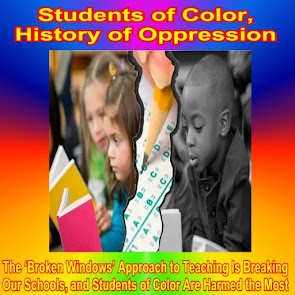Students of Color, History of Oppression
In the fight for racial justice, teachers have a heavy job, for schools are both microcosms of, and preparation for, society. Because teachers serve as significant adult figures in children’s lives, their interactions with students can shape students’ sense of self and the world around them, as well as their engagement in school, personal efficacy, and academic achievement. Complex and difficult racial dynamics impact these relationships, and as calls for justice grow, it’s time to recognize this.We cannot continue to promote the same unjust and oppressive educational structures that have endured for centuries. Rather, we must reimagine education and recruit a racially diverse teaching force.
We cannot continue to promote the same unjust and oppressive educational structures that have endured for centuries. Rather, we must reimagine education and recruit a racially diverse teaching force.
Systemic racism is sometimes blatant in our schools. For example, it is hard to deny that segregation persists, and that schools serving students of color receive less funding than mostly white schools. In my home state of Arizona, for example, schools serving mostly white students receive an average of $7,600 more per pupil than schools serving students of color, a discrepancy that increases to nearly $11,000 when controlling for neighborhood income. Research also repeatedly reveals that Black students in particular are more likely to be subjected to disciplinary action, much of which removes them from classrooms and schools. Sometimes this even leads students directly into interactions with law enforcement, hence the moniker school-to-prison pipeline. But there is a subtler form of racism at play in many classrooms, one that expresses itself in the way teachers (82 percent of whom are white nationwide) form relationships with their students.
In my research on pre-service teacher education, I found that preparation around race and CONTINUE READING: Students of Color, History of Oppression - LA Progressive


